What is a Pre Trip Inspection Checklist?
A Pre Trip Inspection Checklist is a document used by drivers before starting a journey to ensure their vehicle is in safe operating condition. The checklist helps identify any mechanical issues or safety concerns that may need attention, aiming to prevent accidents and breakdowns.
Who needs to use a Pre Trip Inspection Checklist?
Any vehicle operator, especially commercial drivers and those operating heavy or specialized vehicles, should use a Pre Trip Inspection Checklist. It's essential for ensuring compliance with safety regulations and maintaining high safety standards on the road.
What are the key components of a Pre Trip Inspection Checklist?
While the specifics can vary depending on the vehicle type, key components typically include checks for tire condition, brakes, lights and signals, steering mechanisms, mirrors, and fuels levels, among others. The checklist should also include space for documenting any defects or issues found during the inspection.
How often should the Pre Trip Inspection Checklist be completed?
It's recommended that the checklist be completed before the start of each trip. For drivers who make multiple stops or have long hauls, conducting inspections at each significant stop can help catch and address any emerging issues promptly.
What should be done if a problem is found during the pre-trip inspection?
If a problem is identified, it should be documented and reported immediately to a supervisor or maintenance team. The vehicle should not be operated until it has been properly addressed and deemed safe for use.
Is there a standard format for a Pre Trip Inspection Checklist?
While there is no one-size-fits-all format, many checklists include sections for the driver's information, vehicle details, a list of items to inspect with checkboxes, and a section for notes or comments on any defects found. Regulatory bodies or companies may provide specific formats to be followed.
Can I modify the Pre Trip Inspection Checklist to suit my needs?
Yes, you can modify the checklist to better fit specific vehicle types or company requirements. However, make sure that any modifications still comply with all relevant safety regulations and standards.
Where can I find a Pre Trip Inspection Checklist?
Pre Trip Inspection Checklists can be obtained from various sources, including online platforms, commercial driving schools, or transportation regulatory agencies. Companies may also provide their drivers with a company-specific checklist.
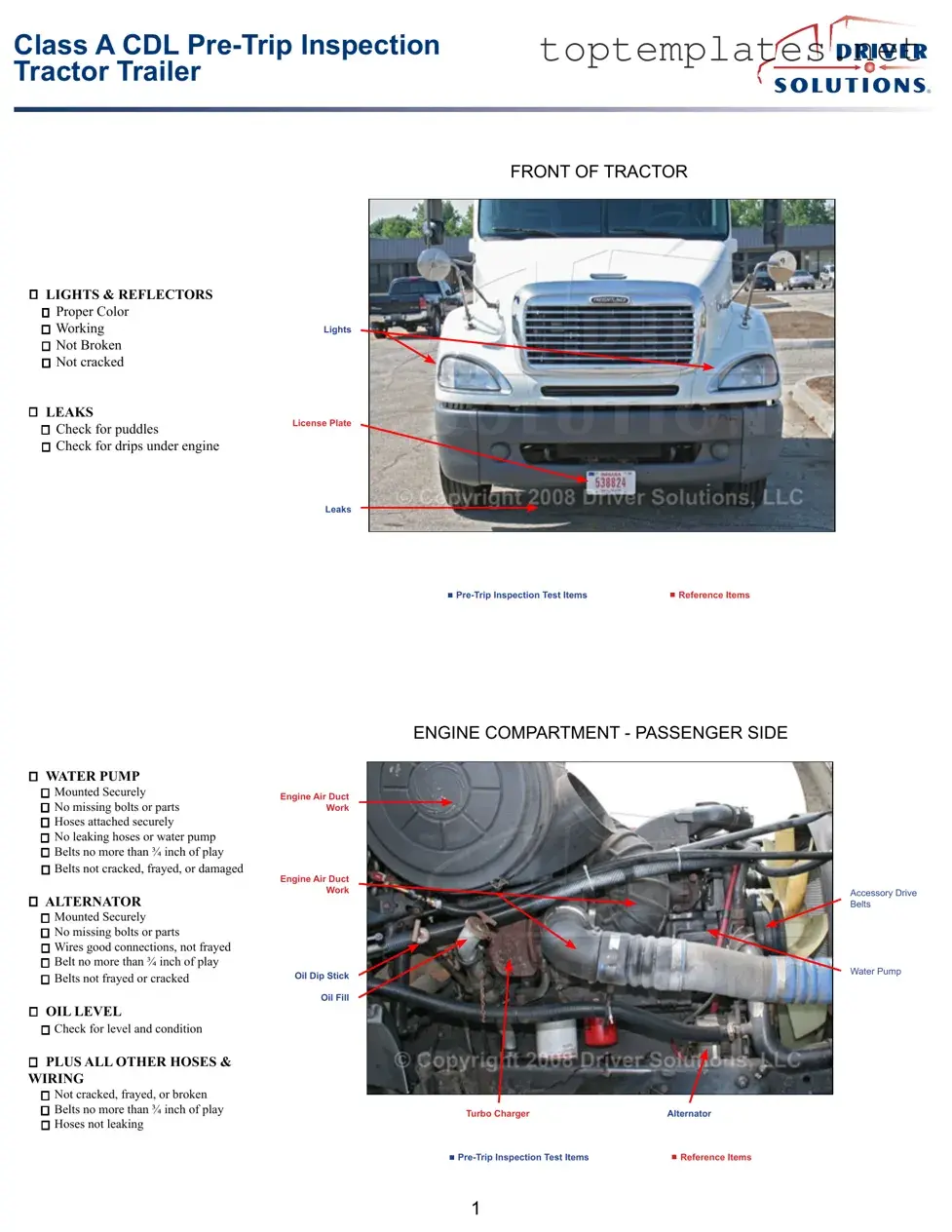
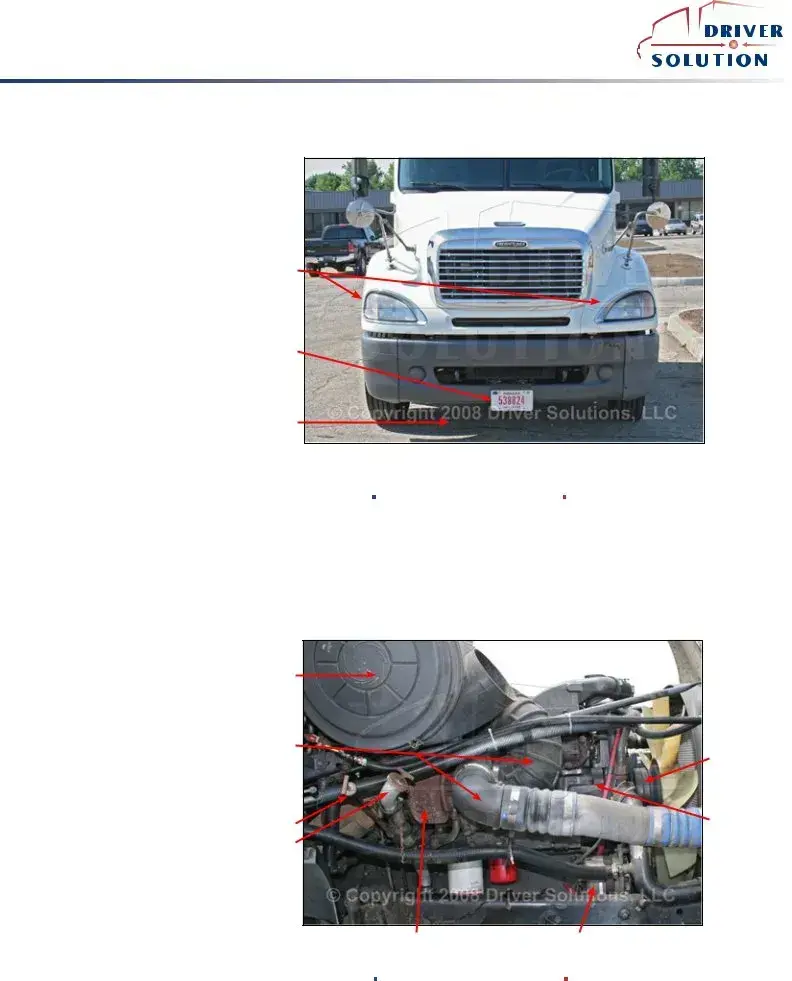
 ®
®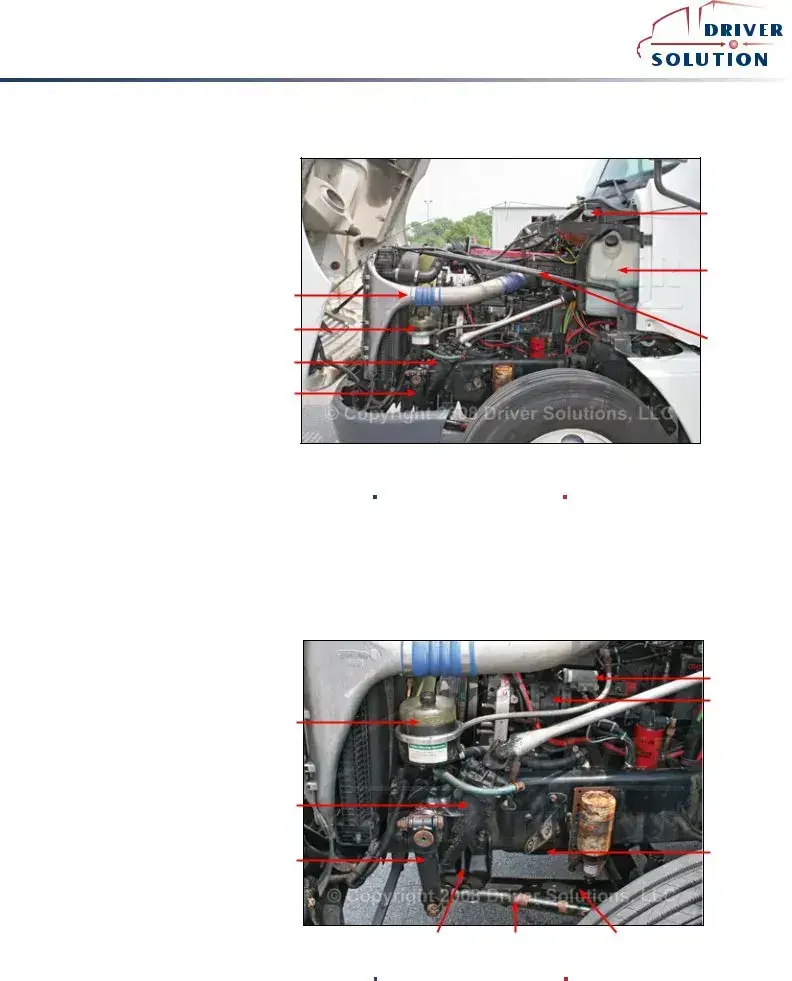
 ®
®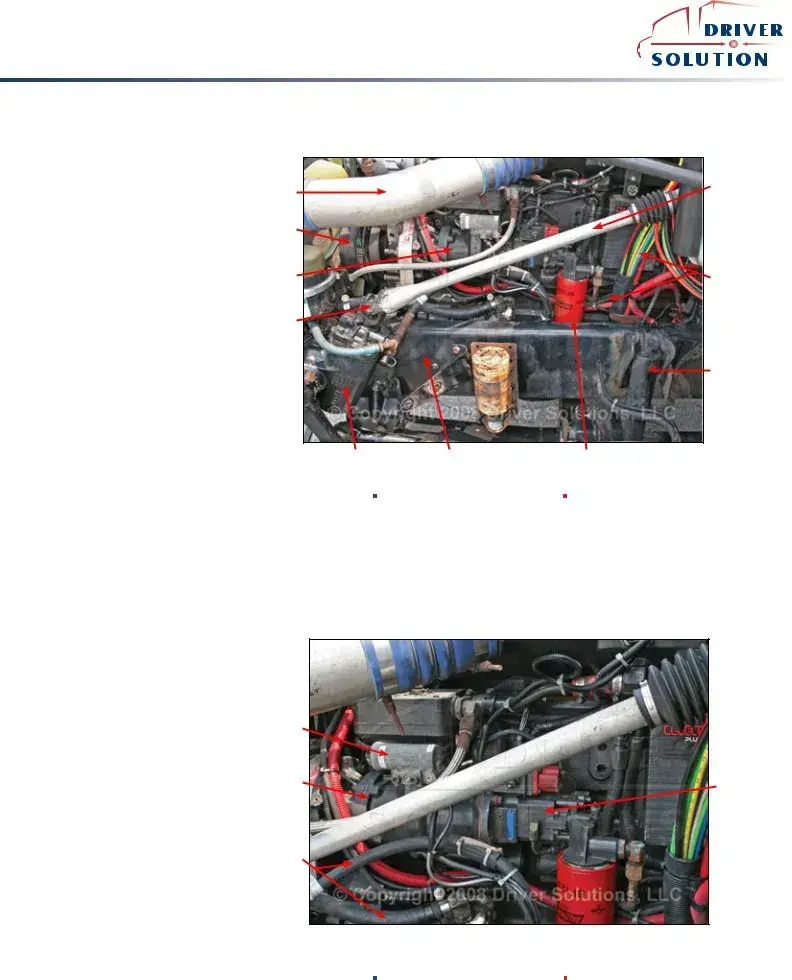
 ®
®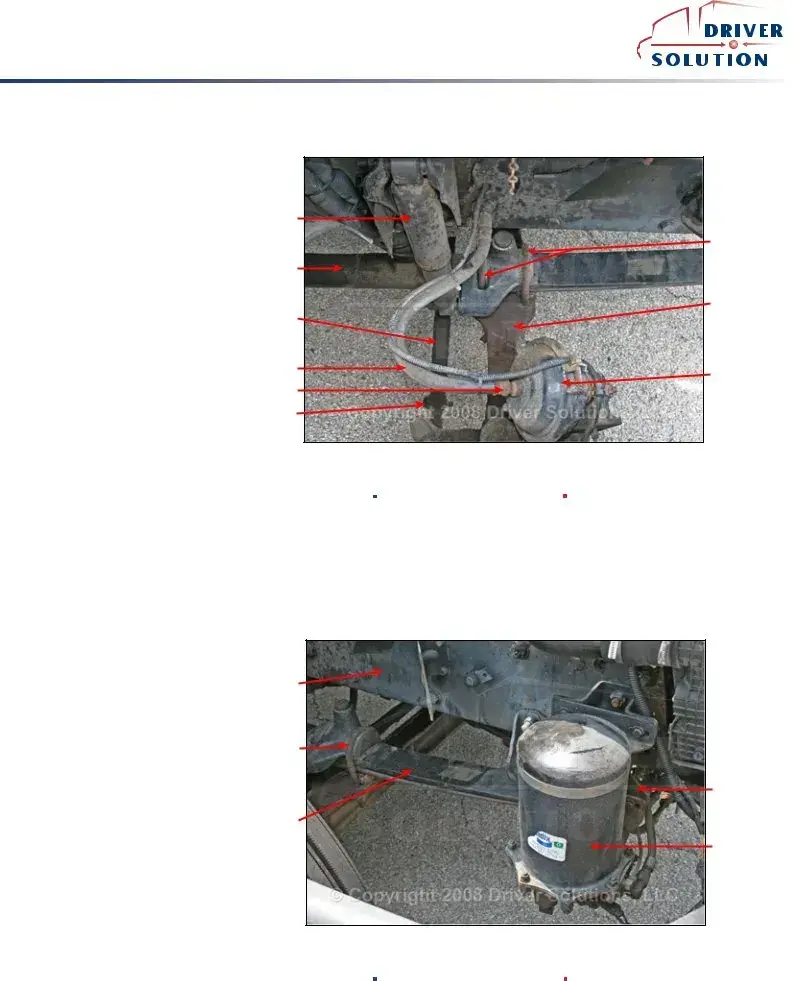
 ®
®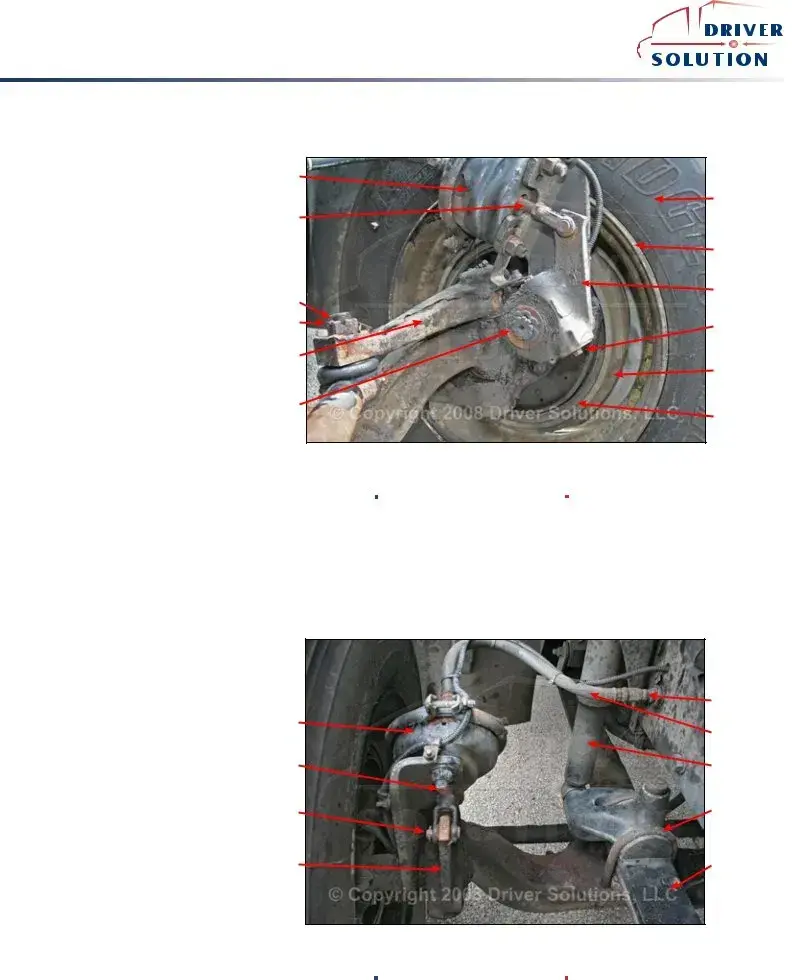
 ®
®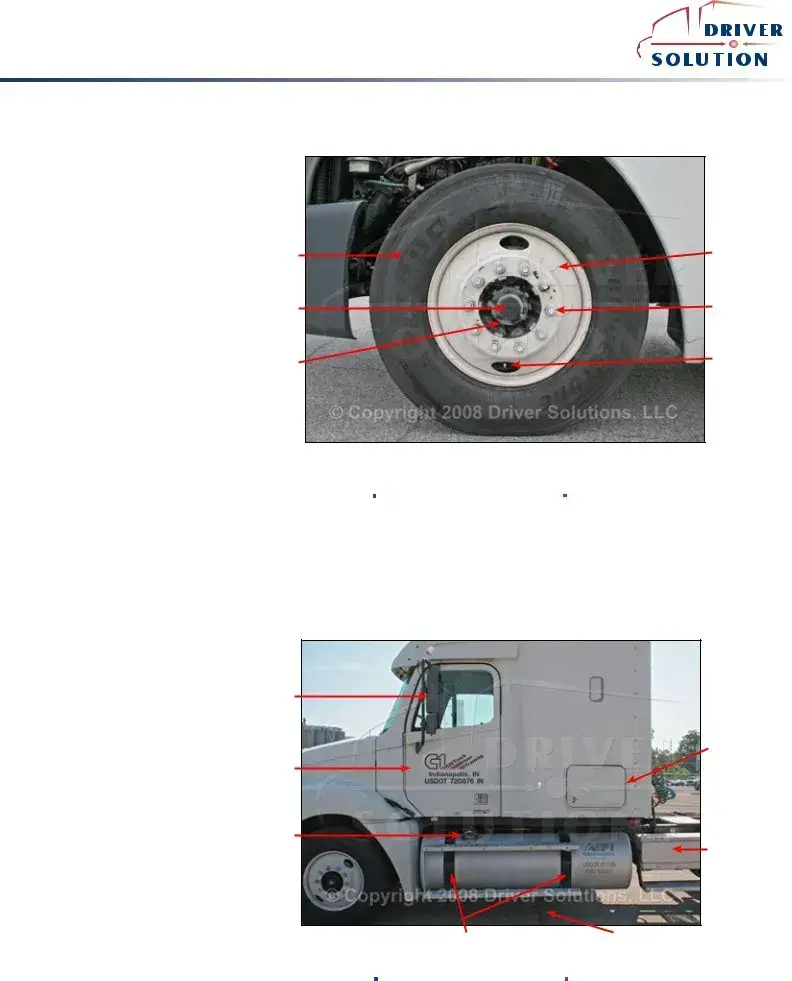
 ®
®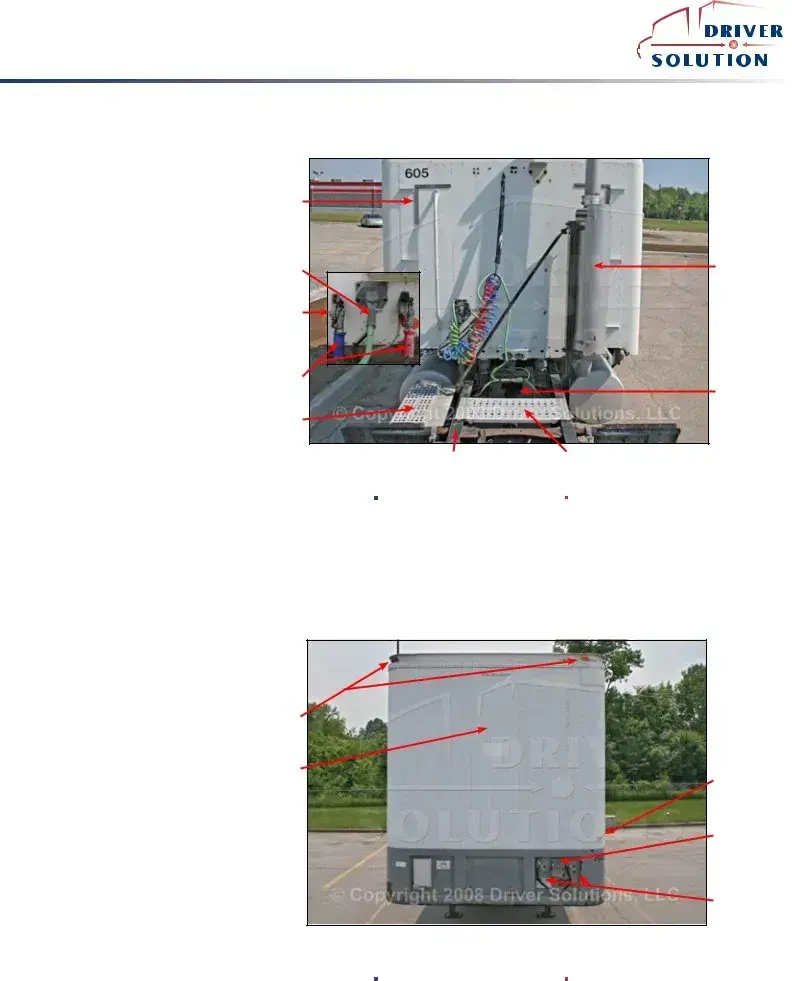
 ®
®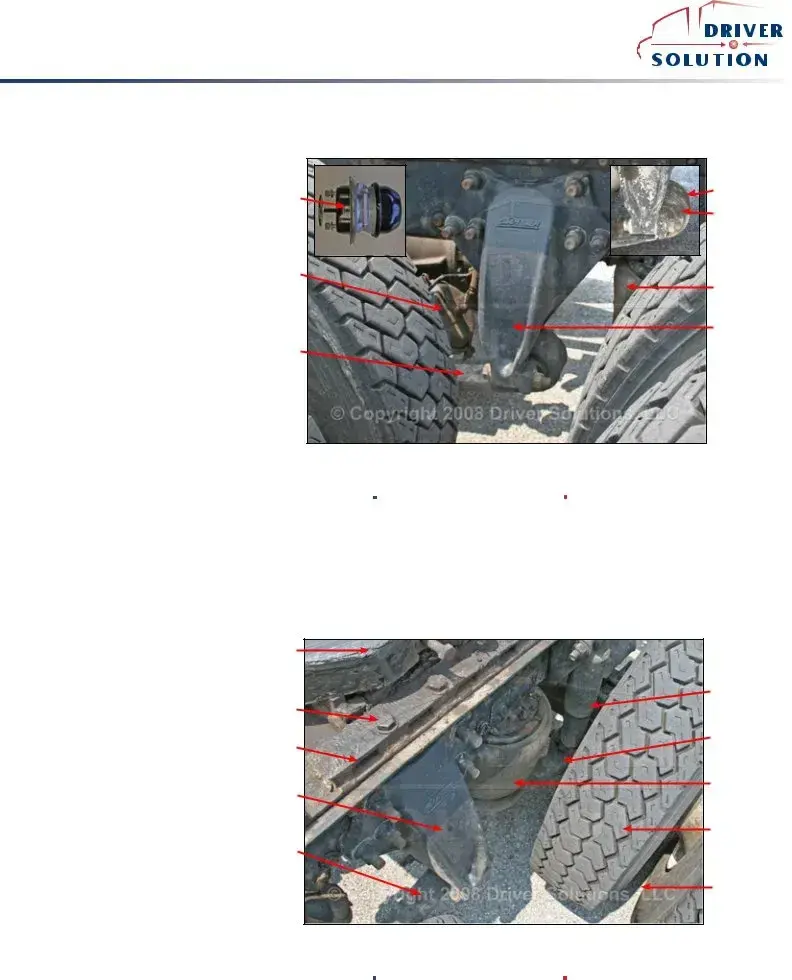
 ®
®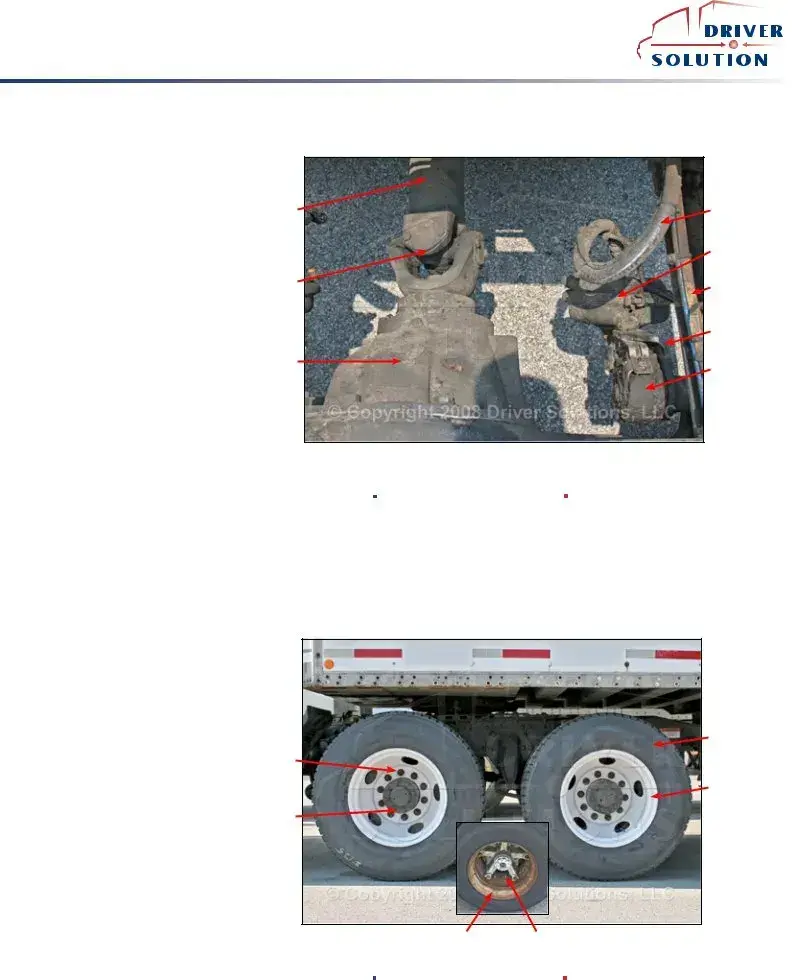
 ®
®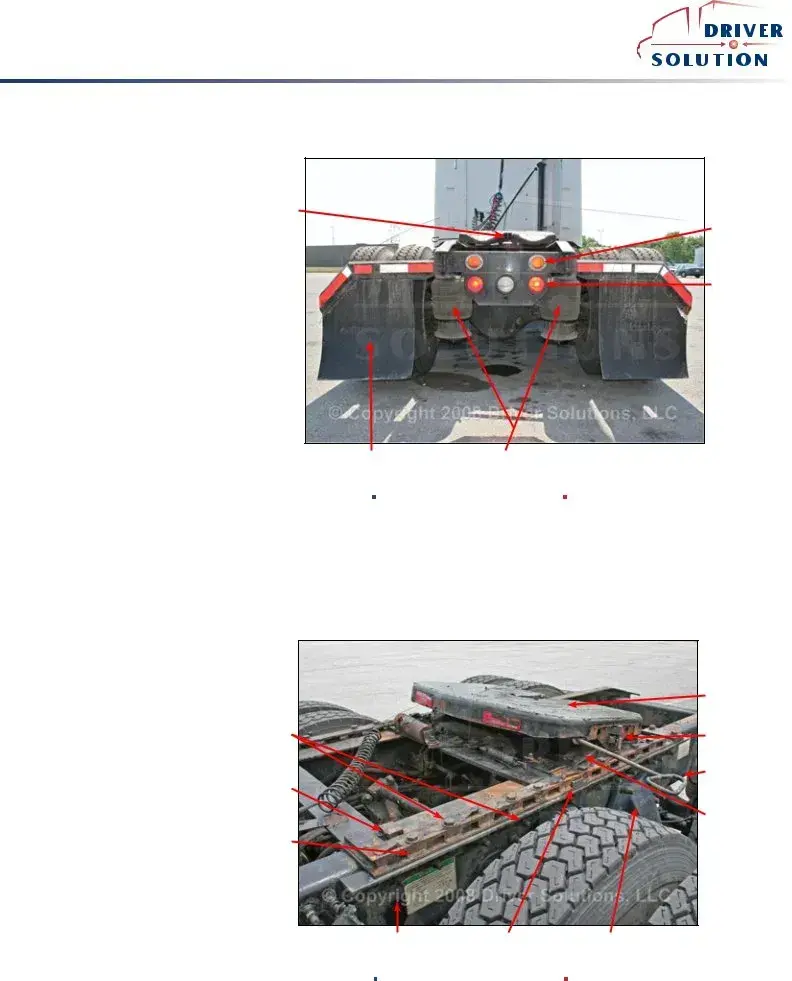
 ®
®